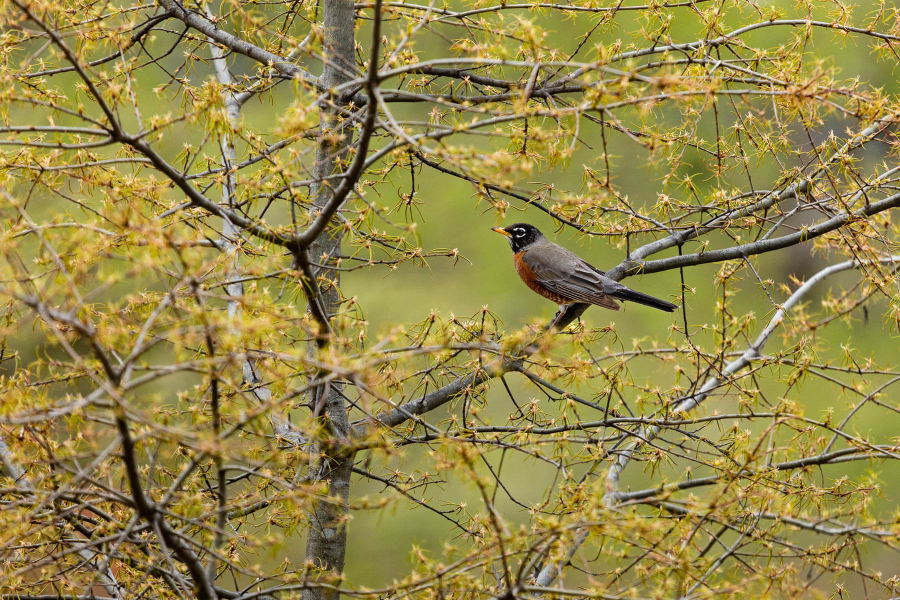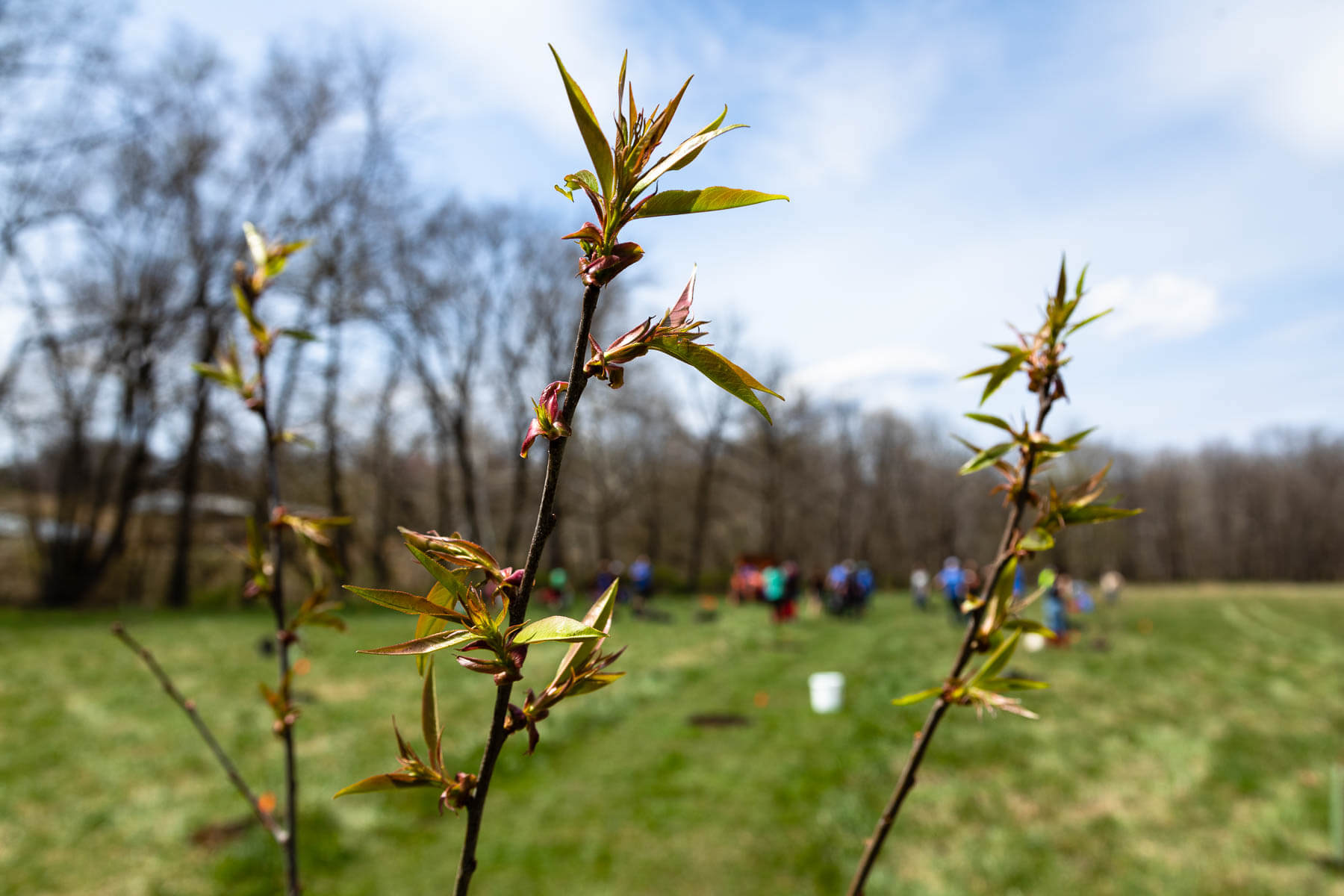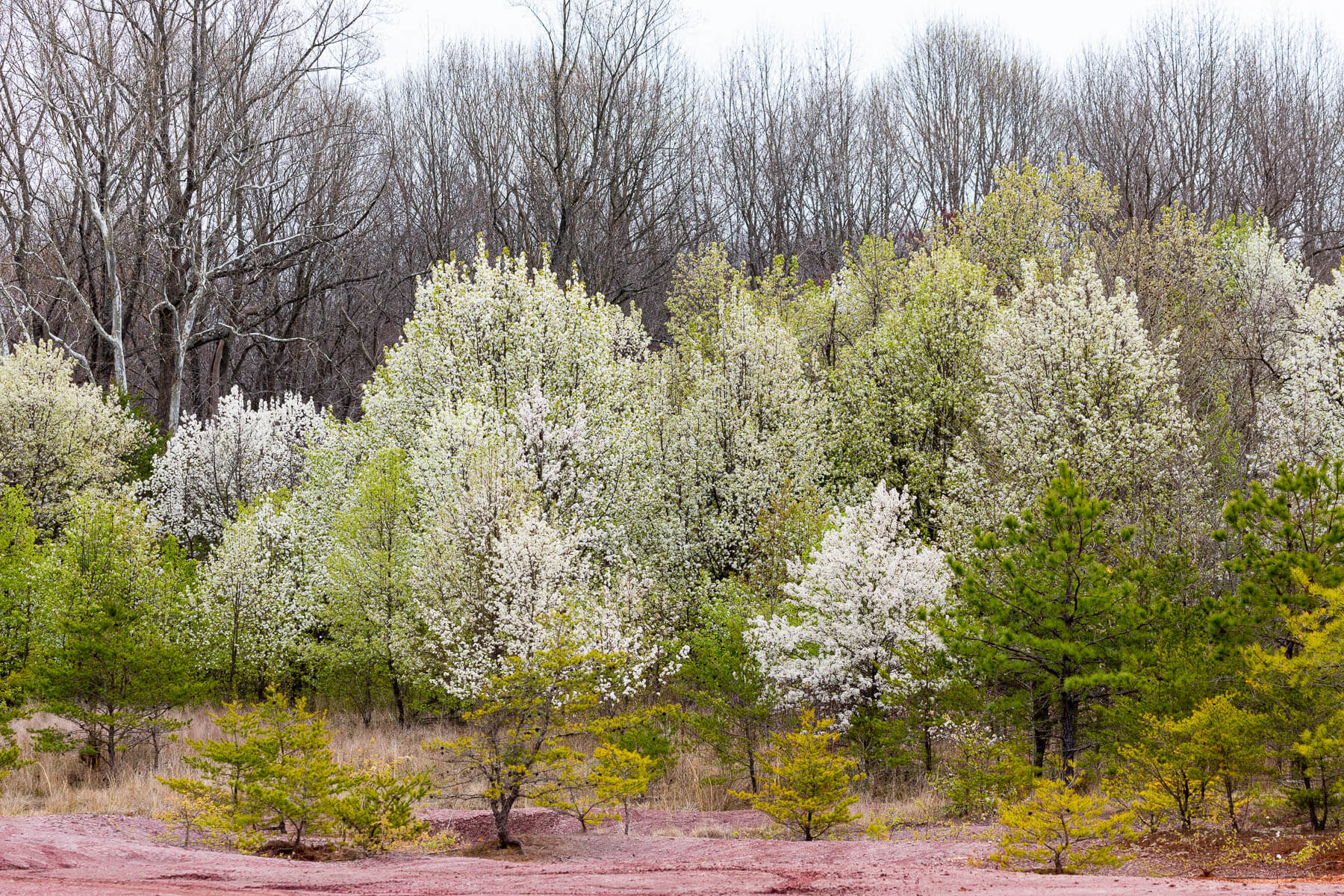Planting buffers for the future

Keep an eye out around waterways each spring and fall: you will likely see deliveries of young trees and a flurry of human activity. Your neighbors are planting those trees and shrubs to make what will become a riparian buffer, a zone of plants along the river or stream that helps protect it from pollutants that can wash off the land. These buffers help shade the streams, stabilize its banks, provide habitat for wildlife and can even be a source of income—but the trees must live long enough to grow up. It is important to choose the right tree for the right place, and that means planning for the future of the trees, the land and the community.
People often assume one tree is as good as another, but all that is green is not uniform—different species have different needs, whether it is environmental requirements, historical or cultural significance, susceptibilities to insects or disease, profit opportunities or weather. The most successful plantings are those that consider challenges that may arise.
All trees will need some kind of maintenance but choosing the right species and making sure it is planted correctly can reduce the need for upkeep and other challenges. A buffer in a floodplain (where the river naturally overflows) should be planted with species that like wet roots, while a buffer planted for crops should be planted for ease of constant access.
Young trees do not have the robust root systems their adult forms will develop, so maintenance plans must include provisions for their early care. Saplings need watering, protection from grazers on the trunk and a properly formed hole that allows for root expansion.
No matter which species are chosen, it is critical to teach proper planting techniques to ensure future success. Buffer plantings are a great way to involve your community in stewardship efforts, and to give young children a project they can revisit again and again as they grow up with those trees. And as any parent knows, it is crucial to plan for your child’s future—and the same goes for planting buffers.
As the properly planted trees begin to grow, they face challenges from the world itself. One of these threats is the rise in invasive species, and the diseases that come along with them, that has increased thanks to the ease of travel in today’s world. This means that homogenous plantings face harsh conditions: emerald ash borer decimates entire ash forests, wooly adelgid is attacking hemlocks, Dutch elm disease is bringing down those old goliaths and eastern pine beetles are after the conifers. A buffer planted with a mixture of species will have a better chance of survival, and multiple species mean a whole new world of opportunities.

Multipurpose trees and thriving farms
One of the newest concepts in riparian buffers is the idea of multifunctional plantings: buffers that both heal the environment and provide benefits or income opportunities for the landowner or community. Many buffers are planted on agricultural lands to help filter the nutrient pollution from the fields, but the trees in the buffer can also benefit those traditional farm crops that are planted nearby.
Take, for example, elderberry trees. These species do well in buffers and offer a bumper crop for making liquors or medicines. Elderberry trees attract beneficial insects, including green lacewing flies. Lacewings enjoy chowing down on spider mites, aphids and other destructive critters that can be devastating to traditional farming crops. With ingenuity in planning and planting, a buffer’s insect enticement can drastically cut down on pesticide usage and crop destruction.
The habitat benefits of riparian buffers can also create opportunities for recreational activities like birdwatching. Oaks, large-growth trees well-suited to shading water and stabilizing streambanks, also support more than 500 species of moths and butterflies—more than any other native tree or plant. The draw of this tree means an abundant supply of caterpillars to support songbirds.
For landowners and farmers looking to make a profit, oak trees also offer a surprising crop: acorns. Acorns can be ground up to make a flour, and in terms of production and space, yield as much or more food per acre than wheat.

Land, water and people look different a decade on
As time passes, the landscape evolves along with the saplings that become young trees and then mature buffers. Buffer planning must consider what the land will look like 10 years down the road. A farming community that makes their living off the land will need buffers that can continue to produce stable crops. This could mean fruit and nut bearing trees, shade-producing species that create the ideal conditions for mushroom crops or commercial, erosion-control species like switchgrass that already have established markets. Agroforestry is a growing industry, where environmental and agricultural efforts do not have to compete with one another. With a little planning, the good of farming and the good of buffers can go hand in hand for a healthy economy and a healthy environment.
For more information on multifunctional buffers, check out “What’s in a Tree? Oxygen, food, clean water and money,” the companion piece to this article.

Comments
There are no comments.
Thank you!
Your comment has been received. Before it can be published, the comment will be reviewed by our team to ensure it adheres with our rules of engagement.
Back to recent stories